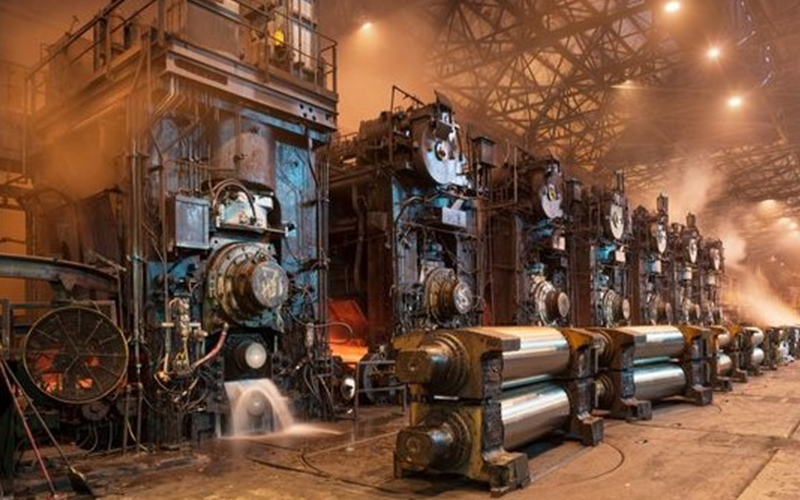
Nuclear-powered open_in_new molecular printing technology was critical to the operations of the humanity exodus. The ability to rapidly manufacture nearly any component in any material drastically increased the feasibility and efficiency of supply chain logistics.
These printers were enormous, with industrial-scale printers occupying entire warehouses worth of space. Even lower-power printers with drastically reduced capabilities were the size of a refrigerator. They would be loaded with cartridges of raw material; typically standardized sets of common elements, but sometimes more specialized elements would be included for specific prints.
While suites of pre-developed molecular schematics did exist, circumstances often required these to be modified or built entirely from scratch, a highly specialized skillset——especially when it came to designing schematics for organic prints like food or organs. Schematics for components made of something like solid titanium were slightly more straightforward, though in many cases it was still most practical to print individual parts that were manually refined and assembled than to it was print complete assemblies.
Despite their important contributions to the supply chain, the complexity and sensitivity of these mechanisms was their greatest drawback. They required frequent maintenance which often depended on other printers to manufacture specialized parts. Ultimately, over-reliance on this delicate technology created a knowledge gap that eventually caused a dramatic technological regression as settlers of the archipelago struggled to maintain their failing printers.